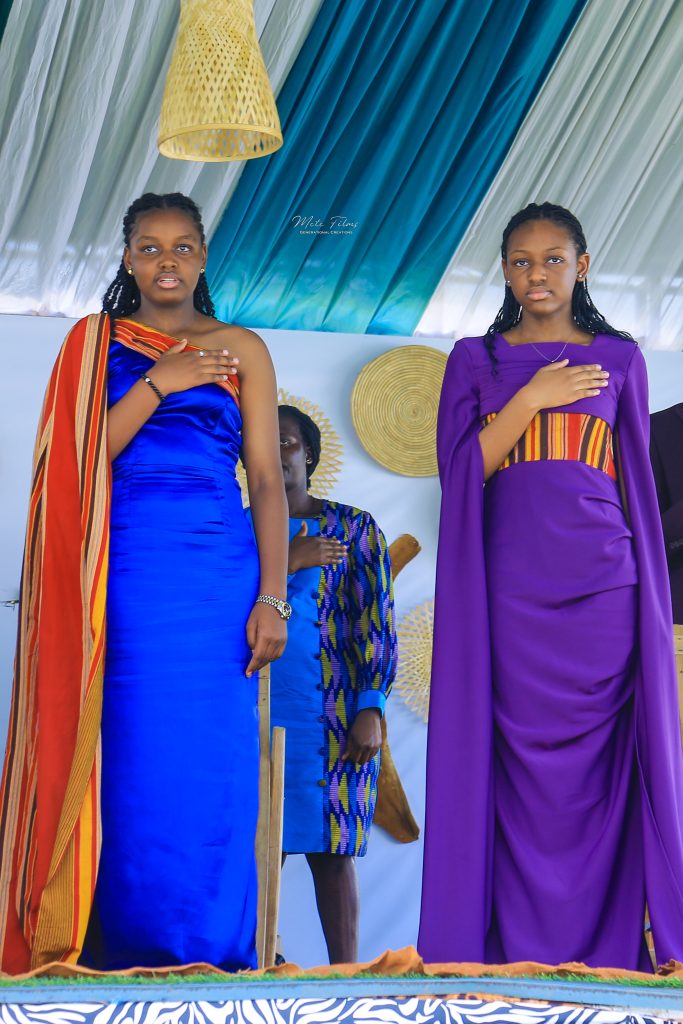The Rwenzururu Kingdom, located in the Rwenzori Mountains of Uganda, has a history rooted in the struggle for autonomy and cultural recognition by the Bakonzo and Bamba people. Originally, they sought separation from the Toro Kingdom and later got independence as a kingdom, culminating in its recognition in 2009.
Here’s a more detailed look at the history:
Cultural Significance: Despite the challenges, the Rwenzururu Kingdom remains a symbol of cultural identity for the Bakonzo and Bayira people, with the late Isaya Mukirania highly revered as a pivotal figure in the kingdom’s history. !
Origins and Grievances:The movement for Rwenzururu began in the 1950s, fueled by the Bakonzo and Baamba’s desire to break away from the Toro Kingdom due to perceived cultural suppression and political marginalization.
Declaration of Independence: In 1962, the Rwenzururu Freedom movement declared the Kingdom of Rwenzururu, with Isaya Mukirania as its first Omusinga (King), three months before Uganda’s independence.
Guerrilla Warfare and Suppression: The declaration led to guerrilla warfare against the Toro Kingdom and the central Ugandan government. The violence escalated in the mid-1960s, with the Ugandan army intervening and inflicting significant damage on the movement.
Recognition: After years of struggle, the Rwenzururu Kingdom was officially recognized by the Ugandan government in 2009. However, tensions and violence persisted, particularly between the Bakonzo and Baamba communities, sometimes related to political disputes and disputed election results.






